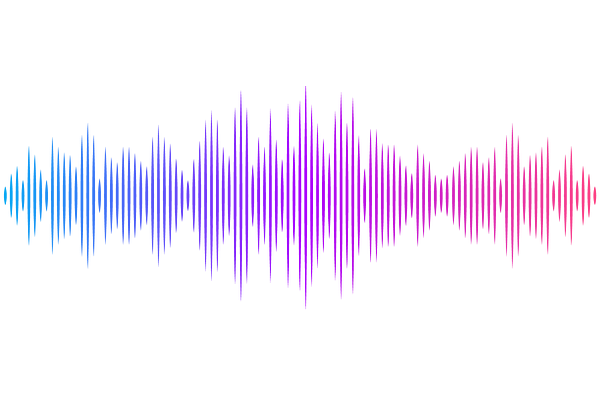Divergent conformational mechanisms of JAK2V617F and TYK2V678F mutations in Thrombocythemia and related disorders: Molecular Dynamics insights into pathway activation and therapeutic targeting

Divergent conformational mechanisms of JAK2V617F and TYK2V678F mutations in Thrombocythemia and related disorders: Molecular Dynamics insights into pathway activation and therapeutic targeting
Shao, T.; Gan, M.; Yin, Q.; Bai, J.; Yang, J.; Sun, S.
AbstractThrombocythemia and related disorders are primarily driven by persistent activation of the JAK-STAT signaling pathway, which is frequently associated with valine-to-phenylalanine (VF) point mutations in the JAK2 and TYK2 proteins. However, the precise mechanisms underlying the sustained downstream pathway activation induced by these mutations remain unclear. To investigate this, we employed molecular dynamics simulations and computational biophysical approaches to examine how VF mutations sustain JAK-STAT pathway activation. Our analyses, encompassing energetics, interaction forces, and surface electrostatic charge distributions, revealed that these mutations predominantly alter the spatial conformations and stability of the proteins by modulating inter-dimeric interaction forces and binding free energies. Specifically, the V617F mutation in JAK2 enhanced the stability of the JAK2 dimer and suppressed the activity of the JH2 pseudokinase domain. Similarly, the V678F mutation in TYK2 reducing the binding strength of the JH1 kinase domain and the binding free energy, increasing the binding affinity at the dimer interface. Both mutations ultimately resulted in heightened JH1 kinase domain activity and aberrant activation of downstream signaling pathways. Electrostatic analyses further demonstrated that JAK2V617F strengthened attractive forces within the dimer and TYK2V678F mutation mitigated repulsive forces. Decreased binding free energy confirmed enhanced dimer stability in JAK2V617F and TYK2V678F mutants, driven by distinct mechanisms: reinforced JH2 domain interactions in JAK2V617F and domain compaction with reoriented interfaces in TYK2V678F. These insights delineate the mutation-specific allosteric networks that underpin the pathogenesis of thrombocythemia. Furthermore, they establish a molecular foundation for designing isoform-selective inhibitors that target conformational vulnerabilities, thereby presenting novel therapeutic opportunities.